99% Raw Pregabalin Powder To Treat Epilepsy And Neuropathic Pain
CAS: 148553-50-8
MF: C8H17NO2
MW: 159.23
Assay: 99%
Appearance: White Crystal Powder
Package: 25kg/drum
Usage: New antiepileptic drugs. Used in the treatment of peripheral neuropathy, or partial seizures
Pregabalin is a medication used to treat epilepsy, neuropathic pain, fibromyalgia, and generalized anxiety disorder. Its use for epilepsy is as an add-on therapy for partial seizures with or without secondary generalization in adults.Some off-label uses of pregabalin include restless leg syndrome,prevention of migraines,social anxiety disorder,and alcohol withdrawal.When used before surgery it does not appear to affect pain after surgery but may decrease the use of opioids.
Pregabalin is used for:
Treating fibromyalgia or nerve pain caused by certain conditions (eg, shingles, diabetic nerve problems, spinal cord injury). It is also used in combination with other medicines to treat certain types of seizures. It may also be used for other conditions as determined by your doctor.Pregabalin is an anticonvulsant and neuropathic pain agent. Exactly how pregabalin works is not known. It is thought to bind to certain areas in the brain that help reduce seizures, nerve pain, and anxiety.
Physical effects
Sedation – Pregabalin produces mild sedation and improves sleep onset latency modestly. Several studies have shown pregabalin improves sleep quality of those who take it for various indications. It is unknown if this effect is carried over to those who take it recreationally. However, it is not an overly sedating substance when taken in the daytime.
Pain relief – Pregabalin is effective against certain types of chronic pain, particularly neuropathic pain, but not against acute pain.
Muscle spasms – Somewhat paradoxically, since pregabalin is used as an adjunct treatment for epilepsy, pregabalin, especially in higher doses, can produce muscle spasms.Anecdotally, seizures have been reported in overdose.
Respiratory depression – While pregabalin may cause respiratory depression, this effect is not as strong as those with opioids and benzodiazepines.
Physical euphoria – This component, while prominent in the experience, is generally not as strong as the cognitive euphoria that can be induced.
Muscle relaxation – While the muscle relaxation experienced on pregabalin is not as powerful as that of diazepam or other benzodiazepines, it is still prominent.
Dizziness – This effect is fairly prevalent at higher doses.
Motor control loss
Seizure suppression
Cognitive effects
The cognitive effects
of pregabalin can be broken down into several components which progressively intensify proportional to dosage. Pregabalin’s headspace is comparable to a more clear-headed alcohol or benzodiazepine intoxication, although it can take a more dissociative turn at very high dosages.The most prominent of these cognitive effects generally include:
Anxiety suppression
Empathy, love, and sociability enhancement – Due to its serotonergic properties, pregabalin presents strong entactogen/empathogenic effects. In large contrast to benzodiazepines (which merely increase sociability through disinhibition), at high dosages pregabalin directly increases the urge to communicate with others with feelings of empathy, love, closeness and connection being well-defined. These effects, although weaker than that of MDMA, are still prominent and tend to dominate the headspace.
Euphoria – Many users who take pregabalin describe a moderate to even intense euphoria, even at lower doses. Many users describe it as similar to opioid induced euphoria. The sensation itself can be described as powerful and overwhelming feelings of emotional bliss, contentment, and happiness.
Motivation enhancement – pregabalin can be mildly sedative yet increase motivation in a stimulant-like fashion.
Thought deceleration
Amnesia – Compared to benzodiazepines, pregabalin is only mildly amnesiac if not combined with other depressants. With chronic usage or high dosages, one should expect more “tip of the tongue” moments and impaired short-term memory (e.g., walking into a room and forgetting what you were supposed to do there). Total blackouts do not seem to occur except in combination with other substances.
Disinhibition
Information processing suppression
Increased music appreciation
Increased libido or Decreased libido
Dream potentiation
The dosage of pregabalin:
Following oral administration of pregabalin capsules under fasting conditions, peak plasma concentrations occur within 1.5 hours. Pregabalin oral bioavailability is ≥90% and is independent of dose. Following single- (25 to 300 mg) and multiple- dose (75 to 900 mg/day) administration, maximum plasma concentrations (Cmax) and area under the plasma concentration-time curve (AUC) values increase linearly. Following repeated administration, steady state is achieved within 24 to 48 hours. Multiple-dose pharmacokinetics can be predicted from single-dose data.
The rate of pregabalin absorption is decreased when given with food, resulting in a decrease in Cmax of approximately 25% to 30% and an increase in Tmax to approximately 3 hours. However, administration of pregabalin with food has no clinically relevant effect on the total absorption of pregabalin. Therefore,pregabalin can be taken with or without food.Pregabalin does not bind to plasma proteins. The apparent volume of distribution of pregabalin following oral administration is approximately 0.5 L/kg. Pregabalin is a substrate for system L transporter which is responsible for the transport of large amino acids across the blood brain barrier. Although there are no data in humans, pregabalin has been shown to cross the blood brain barrier in mice, rats, and monkeys. In addition, pregabalin has been shown to cross the placenta in rats and is present in the milk of lactating rats.
The COA of Pregabalin :
| Items of analysis |
Specification |
Results |
| Appearance |
White or almost white powder |
conforms |
| Identification |
IRandHPLC |
conforms |
|
Loss on drying |
≤0.5% |
0.2% |
|
Specific Rotation |
+10°~+12° |
+10.77° |
|
Residue on ignition |
≤0.1% |
0.08% |
|
Heavy metals |
≤20ppm |
conforms |
| impurity C |
≤0.1% |
conforms |
| Any impurity |
≤0.1% |
0.044% |
| Total impurity |
≤1.0% |
0.14% |
| Assay(HPLC) |
98%-101% |
99.6% |
| R-isomer |
≤0.15% |
0.033% |
| Bromide cintent(Titrmetry) |
≤500ppm |
26ppm |
| Ethanol |
≤5000ppm |
conforms |
| Isopropyl alcohol |
≤5000ppm |
142ppm |
| Ethyl Acetate
Chloroform |
≤5000ppm
≤60ppm |
conforms
conforms |
|
Conclusion |
Qualified |






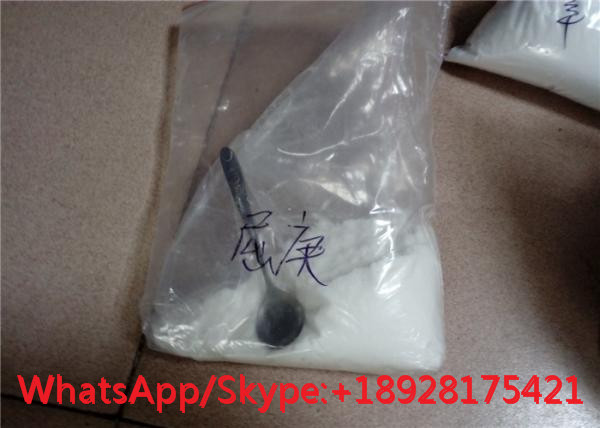

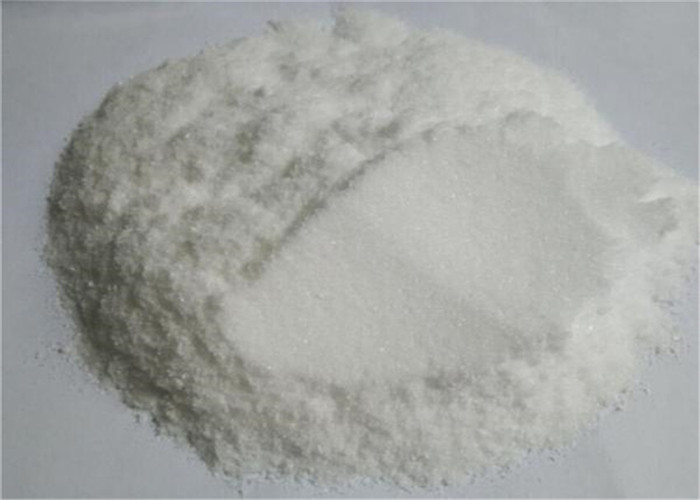
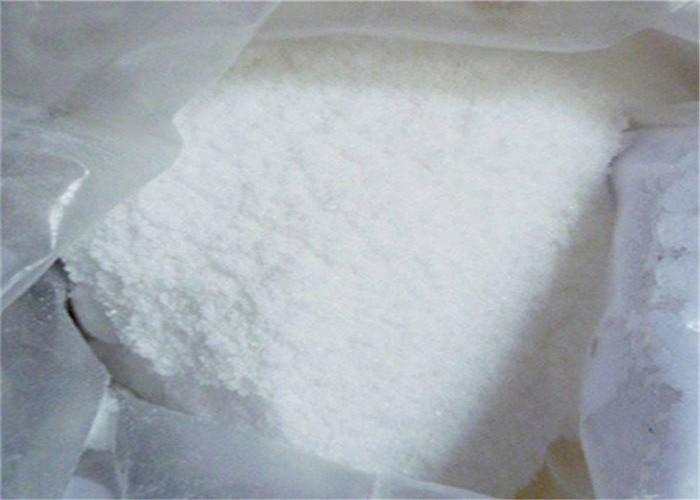
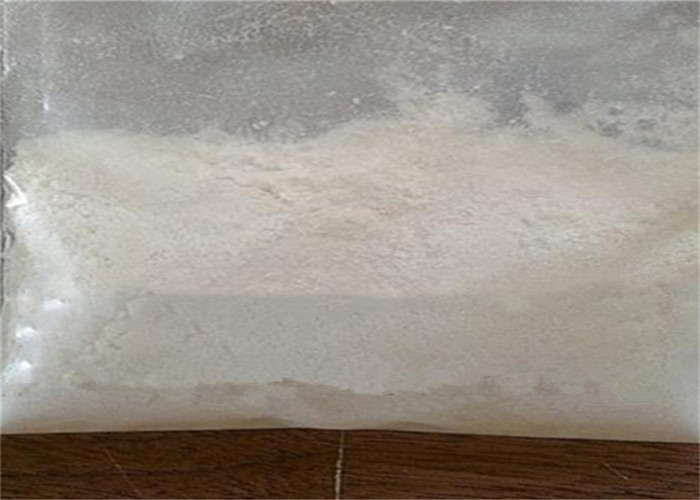
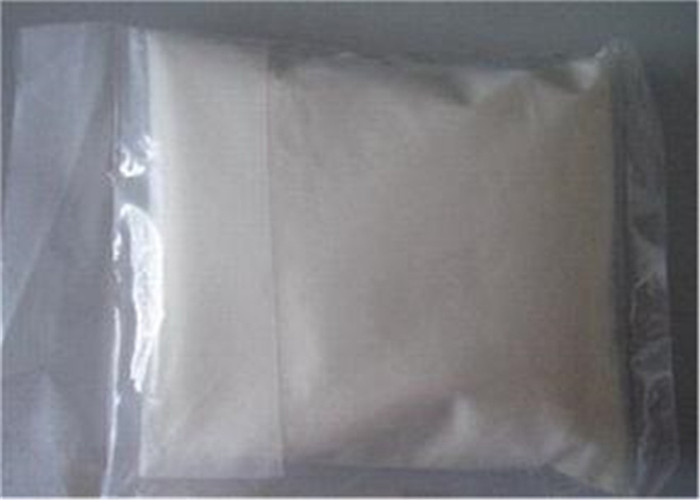



 Sales Manager
Sales Manager